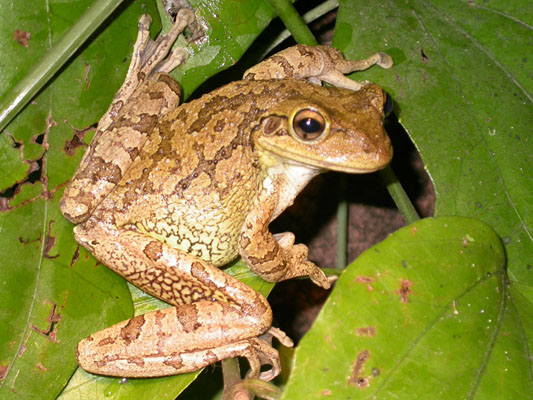Cuban Tree Frog
Scientific Name – Osteopilus septentrionalis
Classification – Hylidae
Baby Name – Tadpole, polliwog, froglet
Collective Noun – Army, colony
Average Length – 3 to 5.5 in
Average Weight – Around 57 g (2 oz)
Life Expectancy – 5 to 10 years
Breeding Season – Year-round, but most common between May and October.
Incubation Period – Within 30 hours
Metamorphosis Period – 1 to 2 months
Special Features – Toe pads are much larger compared to other tree frogs; it has the ability to change color depending on their temperature and environment
Family Unit – Not known
Geographical Distribution – Cuba, the Bahamas, Cayman Islands (native); Puerto Rico, the British Virgin Islands, the US Virgin Islands, many islands of the Lesser Antilles, Hawaii, Florida (introduced)
World Population – Increasing
Conservation Status – Least Concern
Natural Habitat – Estuaries, low-density suburban development, agricultural areas, particularly ones with exotic plants, small towns, lowland forests, swamps
Diet – Snails, spiders, insects, other frogs (even their own species), lizards, snakes, small crustaceans, hatchling birds in their nests
Predators – Skunks, raccoons, snakes

